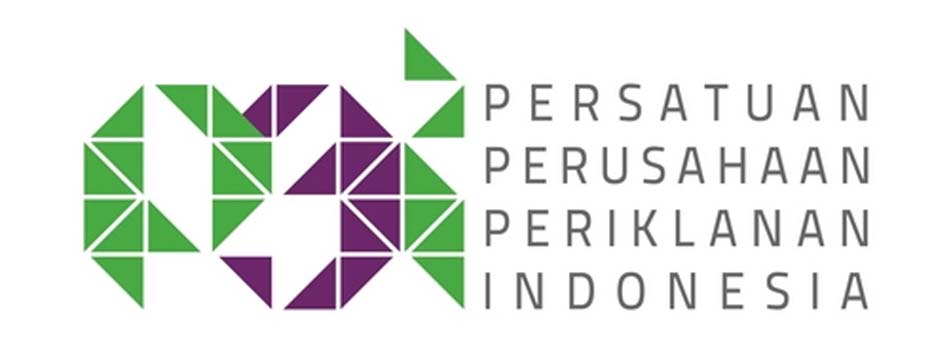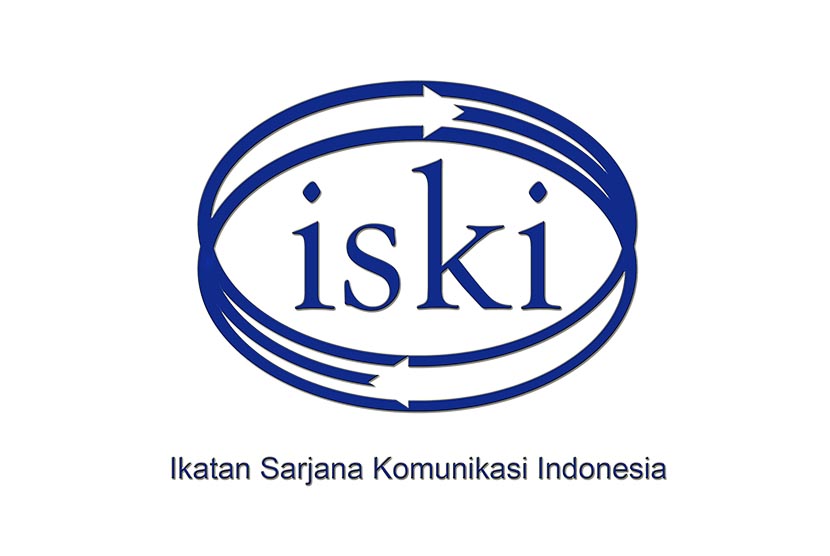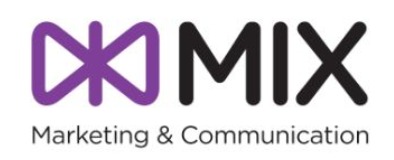Brand Talkedness
How likely is your brand to be talked about by the public?
DOI:
https://doi.org/10.36782/jobmark.v1i1.187Keywords:
Brand Talks, Word-of-Mouth, Viral Communication, Brand Discourse, Top of TalkAbstract
Brand talkedness is the degree to which a brand is being talked about by its customers, potential customers, and the public. It is a measure of the brand’s word-of-mouth popularity and influence. Brand talkedness can be influenced by many factors, such as the brand’s voice, personality, storytelling, content, and customer experience. A brand with high talkedness can benefit from increased awareness, loyalty, trust, and sales. However, not all talkedness is positive. A brand can also generate negative word-of-mouth if it fails to meet customer expectations, behaves unethically, or faces a crisis. Therefore, a brand should monitor and manage its talkedness carefully to ensure that it reflects its desired image and reputation. This article describes the insightful concepts for brand talkedness so researchers and practitioners can correctly measure, manage, and develop brand talkedness strategies.
Downloads
References
Aaker, D. (2018). Creating Signature Stories: Strategic Messaging that Persuades, Energizes and Inspires. Morgan James
Altstiel, T., Grow, J. M., & Jennings, M. (2019). Advertising Creative: Strategy, Copy, and Design. Sage
Ammerman, W. (2019). The Invisible Brand: Marketing in the Age of Automation, Big Data, and Machine Learning. McGraw-Hill
Bakardjieva, M. (2005). Internet society: The Internet in everyday life. Sage
Benbunan, J., Schreier, G., & Knapp, B. (2019). Disruptive Branding: How to Win in Times of Change. Kogan Page
BenMark, G. & Masri, M. (2015). Cracking the digital shopper genome. McKinsey Digital
Benson-Armer, R., Noble, S., & Thiel, A. (2015). The consumer sector in 2030: Trends and questions to consider. McKinsey Digital
Berger, J. (2013). Contagious: Why Things Catch On. Simon & Schuster
Beverland, M. (2018). Brand Management: Co-creating Meaningful Brands. Sage
Brooks, C. (2016). Marketing with Strategic Empathy: Inspiring Strategy with Deeper Consumer Insight. Kogan Page
Bughin, J. (2015). Getting a sharper picture of social media’s influence. McKinsey Quarterly
Christensen, Clayton (2011). The Innovator's Dilemma: The Revolutionary Book That Will Change the Way You Do Business. HarperBusiness. pp. 336.
Collins, B. (2018). 3 Strategies for Developing Innovative Thinking. Forbes. https://www.forbes.com/sites/bryancollinseurope/2018/06/25/innovative-thinking/?sh=ed65cf27b88e
Edelman, D. & Singer, M. (2015). The new consumer decision journey. McKinsey Digital
Florida, R. (2018). The Rise of the Creative Class. Basic Books
Gallego, T. (2018). Adapt or Die: How to Survive in the New Era of Digital Marketing. L7 Creative Publishing
Holston, D. (2015). Show Me, Don't Tell Me: Visualizing Communication Strategy. HOW Books
Kates, A. (2012). Find your Next. McGrawHill
Laughlin, P. (2014). Holistic customer insight as an engine of growth. J Direct Data Digit Mark Pract 16, 75–79. https://doi.org/10.1057/dddmp.2014.59
Lindstrom, M. (2016). Small Data: The Tiny Clues That Uncover Huge Trends. St. Martin;’s Press
Maechler, N., Neher, K., & Park, R. (2016). From touchpoints to journeys: Seeing the world as customers do. McKinsey
Magni, M., Martinez, A., & Motiwala, R. (2016). Saving, scrimping, and . . . splurging? New insights into consumer behavior. McKinsey
Martechadvisor (2019). Content that Connects: Why Influencer Marketing is the Future of Gen Z Engagement. MartechAdvisor.com. https://assets.martechadvisor.com/research/content-that-connects-why-influencer-marketing-is-the-future-of-gen-z-engagement-138766?tfso=150406&zd_source=native_assets&zd_source=mta&zd_campaign=14908&zd_term=chiradeepbasumallick
Martinez, A. (2017). What’s new—and what’s next—in consumer behavior around the world? McKinsey Podcast
Metz, A. (2019). The Social Customer. McGrawHill
Moreira, C., Nordström, M. & Ortega, J. (2017). Augmented and virtual reality in the brand building process. Strategic Brand Management: Master Papers. LSEM
Mustard, J. (2019). The Iconist: The Art and Science of Standing Out. BenBella Books
Ness R. B. (2015). Promoting innovative thinking. American journal of public health, 105 Suppl 1(Suppl 1), S114–S118. https://doi.org/10.2105/AJPH.2014.302365
Rohrs, J. K. (2013). Audience: Marketing in the Age of Subscribers, Fans and Followers. Wiley
Ram, S. (2017). Meeting millennials where they shop: Shaping the future of shopping malls. McKinsey
Shore, M. (2019).The 7 Deadly Sins & 7 Heavenly Habits of Innovation. Outsidein
Stephany, A. (2015). The Business of Sharing: Making it in the New Sharing Economy. Palgrave Macmillan
Stratten, S. & Stratten, A. (2018). Unbranding: 100 Branding Lesson for the Age of Disruption. Wiley
Strong, C. (2015). Humanizing Big Data: Marketing at the Meeting of Data, Social Science and Consumer Insight. Kogan Page
van Bommel, E., Edelman, D., & Ungerman, K. (2014). Digitizing the consumer decision journey. McKinsey
Taleb, Nassim Nicholas (2010).The Black Swan: the impact of the highly improbable. Penguin
Voorveld, H. A. M. (2019). Brand Communication in Social Media: A Research Agenda, Journal of Advertising, 48(1), 14-26. https://doi.org/10.1080/00913367.2019.1588808
Wijaya, B. S. (2012). Brandmorphosis Theory: How Brands Evolve and Adapt. Journal Communication Spectrum, 2(2), 215-225. https://doi.org/10.36782/jcs.v2i2.2161
Wijaya, B. S. (2013). How ‘deep’ is your brand? The hierarchical effects model of emotional branding. Journal Communication Spectrum, 3(2), 158-169. https://doi.org/10.36782/jcs.v3i2.1974



















